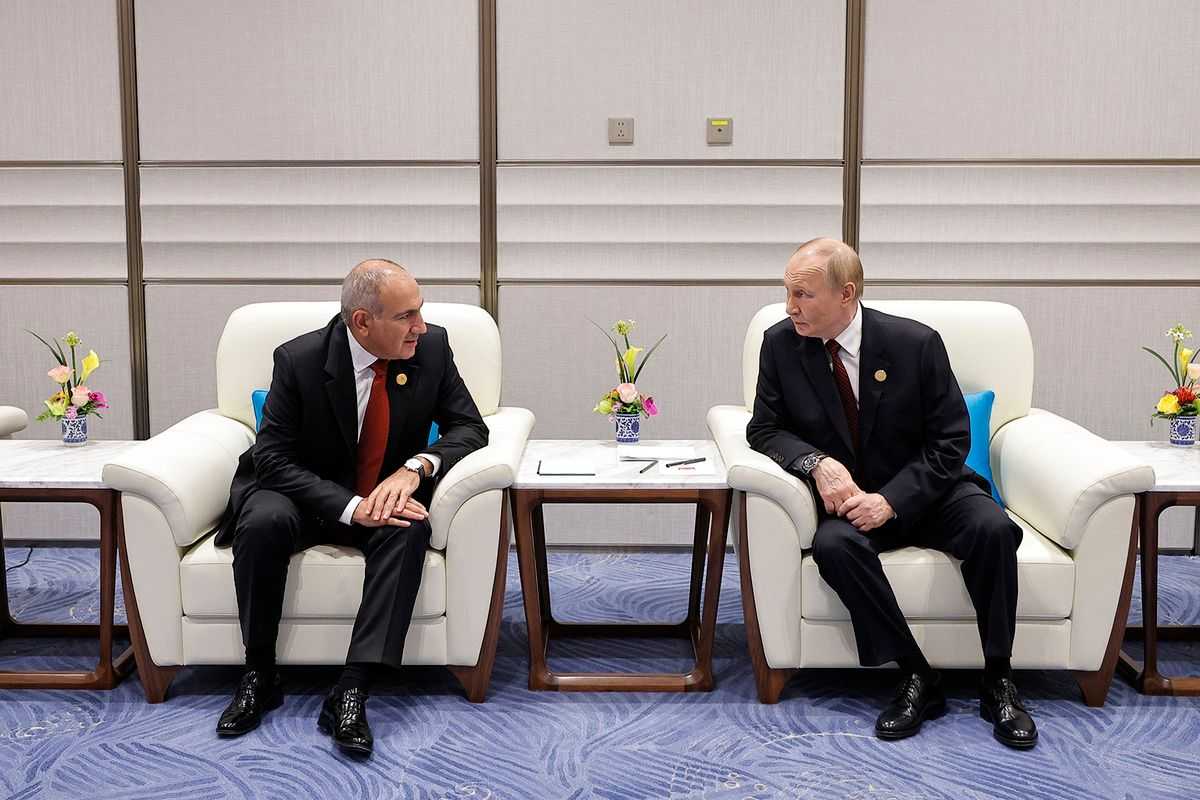
The European Court of Human rights has granted an interim measure in the case of Armenia v Azerbaijan, ordering both sides to respect the rights of civilians.
The case was brought by Armenia against Azerbaijan following the outbreak of hostilities in Nagorno Karabakh.
[Follow our live coverage of the war.]
The request asked the court to order Azerbaijan to:
- ‘Cease military attacks towards the civilian settlements along the entire line of contact of the armed forces of Armenia and Artsakh [Nagorno-Karabakh];’
- ‘To stop indiscriminate attacks;’
- ‘And to stop targeting civilian populations, civilian objects and settlements.’
Both sides have repeatedly accused each other of targetting civilian population centres. At least a dozen civilians have so far died on both sides.
In their interim measures, the court ‘called upon both Azerbaijan and Armenia to refrain from taking any measures, in particular, military action, which might entail breaches of the Convention rights of the civilian population, including putting their life and health at risk, and to comply with their engagements under the Convention.’
‘The Court grants such requests only on an exceptional basis, when the applicants would otherwise face a real risk of irreversible harm.’
The court also asked both Armenia and Azerbaijan to inform them of the measures they have taken to comply with the decision.
Armenia was quick to celebrate the court’s decision. Their representative to the ECHR, Yeghishe Kirakosyan, said the decision was a success for the Armenian side as it was made based on the request and on evidence gathered by the Armenian government.
Azerbaijan also claimed victory with the decision, with the Foreign Ministry declaring in a statement that: ‘Armenia’s attempt to use the European Court — a legal tool — for political purposes, turned against itself.’
‘Indeed, while taking this ruling, the European Court confirmed its conclusion reached in the 2015 judgment in the Chiragov and Others v Armenia that Armenia is responsible for the occupation of Azerbaijani territories and human rights violations on these territories,’ the statement reads.
‘This is another legal acknowledgment [sic] of the continuing occupation of Azerbaijani lands by Armenia and of the fact that the current conflict is going on between Armenia and Azerbaijan.’
Despite this claim, no mention is made of the 2015 judgement in the ECHR’s present ruling.
There were, in fact, two judgements by the ECHR concerning the conflict in 2015. In Chiragov and Others v Armenia, the court ruled that there had been a violation to the right to property and ordered Armenia to remedy the situation.
In Sargsyan v Azerbaijan, the court ruled that Azerbaijan had done the same.
‘An important and welcome affirmation’
Ramute Remezaite, a legal consultant at the European Human Rights Advocacy Centre, which helps litigate cases in the ECHR, said the decision had precedent.
She cited a request by Ukraine ‘following the detention of 24 Ukrainian sailors by the Russian authorities in the Sea of Azov and Kerch Strait in November 2018.’
‘The Court called upon Russia to provide information on the whereabouts of the sailors and the legal basis for their detention, and to ensure that the captured Ukrainian sailors receive appropriate medical treatment’, Remezaite told OC Media.
Remezaite hailed this latest decision as ‘a strong reminder to both Armenia and Azerbaijan that they continue to be subject to their international human rights obligations, even in situations of conflict.’
‘This is especially important for the civilian population, but it also applies to combatants as well’, she added. ‘The Court’s decision is legally binding and both countries must abide by it.’
‘It is an important and welcome affirmation of the rule of law – and the rule of international human rights law in particular – where states choose to invoke the available international human rights machinery as a means of addressing conflict situations.’









